In this article, with the help of photos, we will learn about walnut pollen allergy (Genus: Juglans, Family: Juglandaceae). In addition, we will also learn how and when their pollen spreads.
Walnut pollen is routinely used in most allergy test panels in the US. Therefore, it is an important allergen.
Walnut pollen allergy facts and figures (Juglans)
| Walnut tree (Juglans) | Allergy profile |
|---|---|
| Pollen season | Spring |
| Pollination type | Wind-transported; releases abundant pollen in the air |
| Gender | Monoecious: Separate male and female flowers appear on the same tree. |
| Cross-reactivities with other pollen | Pecan and Hickory |
| Pollen source | Green, loosely hanging male catkins (see picture below) |
| Tree leaves | English Walnut: Large compound leaf with 5 to 7 leaflets. Each leaflet can be 6 to 18 inches long. Black walnut can have 15-17 leaflets. |
| Tree fruit | A round green nut, which turns brown on maturation. Not all trees produce fruit. |
Walnut leaves
The leaves are compound and generally have an odd number of leaves. English walnut has 5 to 7 leaflets, the largest of which can be 18 inches long. On the other hand, California black walnut has 9 to 15 leaflets, but are closer to 10 inches in length.
The leaflets are generally ovate, longer than they are wide.
When do walnut trees release pollen?
Walnut trees release pollen during spring in the San Francisco Bay Area, generally, during the month of April.
There are only a small number of walnut trees in the Bay Area. For example, in the San Francisco city out of approx. 180,000 street trees, only 33 are walnut trees. In comparison, the city has 1200 oak trees.
Despite their small population, walnut trees are capable of producing large pollen loads. As a result, I still catch plenty of walnut pollen during spring air sampling.
The pollen is released by male flowers, which are loosely hanging green and yellow catkins. Each mature catkin is about 4 to 6 inches long.
If you see some of these catkins on the tree and some strewn on the ground under the tree, it is a sign that the catkins are mature and releasing pollen. If you have allergies to walnut pollen, it would serve you well to keep an eye on your local trees’ pollination cycle.
However, if you live in the San Francisco Bay Area, you have an easier way out! I do regular tree inspections and air sampling in the area to provide reliable pollen updates on our website
What does walnut pollen look like?
Walnut pollen has several protruding pores, but only on one side of its spherical shape. The pollen is 35 to 40 microns in size. Heteropolar, periporate, annulate and aspidate pores.
To see the pollen of other plants and trees, visit our pollen library.
What do walnut trees look like?
The walnut trees are generally small to medium-sized, ranging from 15 to 30 feet. Their large compound leaves distinguish them from most of the common trees of the San Francisco Bay Area.
The English walnut bark is silvery gray with ridges.
Key takeaway
Walnut tree pollen of the genus Juglans belongs to the family – Juglandaceae. Cross-reactivity is common in this family. As a result, people who have allergies to walnuts could potentially react to the pollen of hickory and pecan.
To understand cross-reactivities better, read my pollen allergy guide.
Sources
References
- Allergy Plants by Mary Jelks, M.D.
- Plant identification terminology by James G. Harris and Melinda Woolf Harris (Second Edition)
- Sampling and indentifying pollens and Molds by E. Grant Smith
- The trees of golden gate park and San Francisco by Elizabeth McClintock PhD.
All pictures, unless otherwise credited to another source, are taken by the author and are copyrighted material. The pollen picture is taken in our aerobiology lab using an Olympus compound microscope. The use of pictures is permitted with a link back to the source page on the internet, or, an attribution to allerma.com on the printed material.

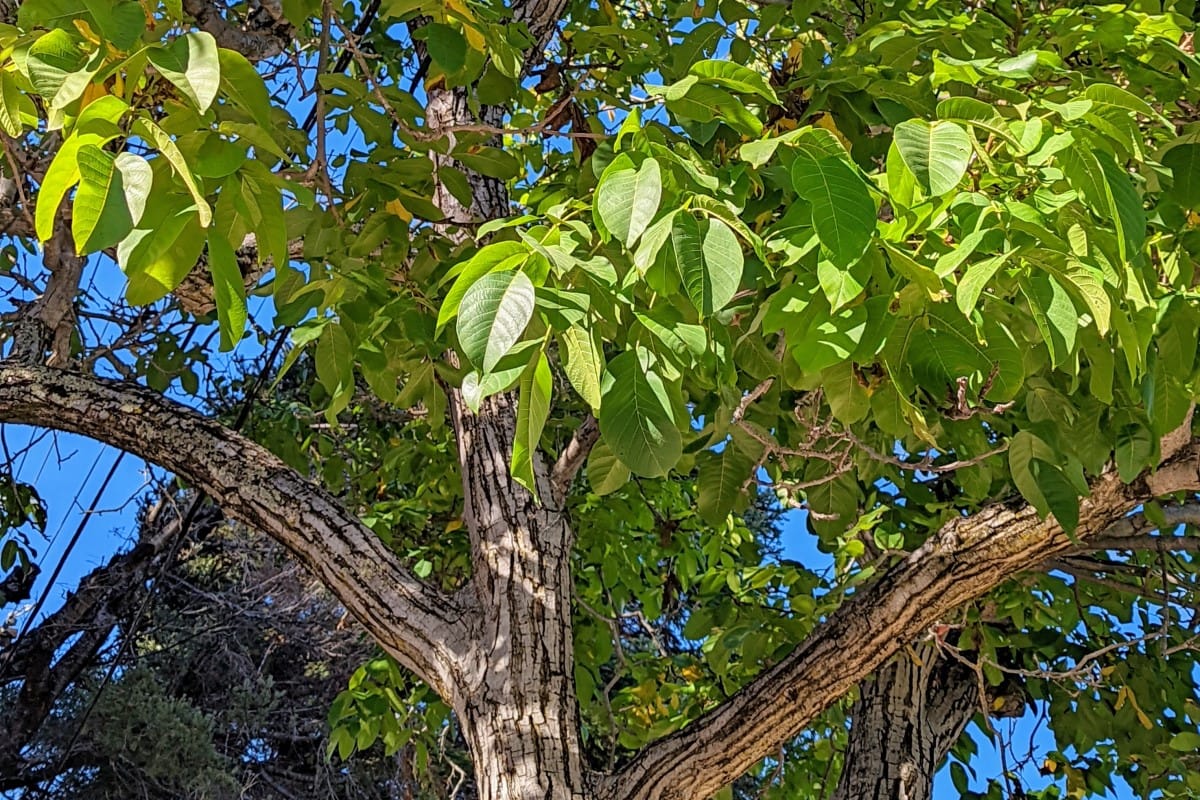
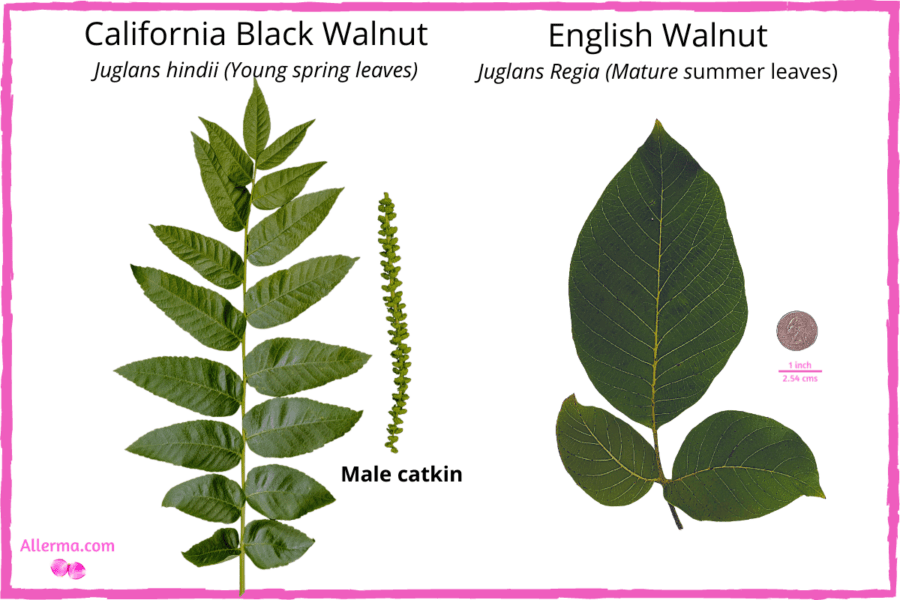

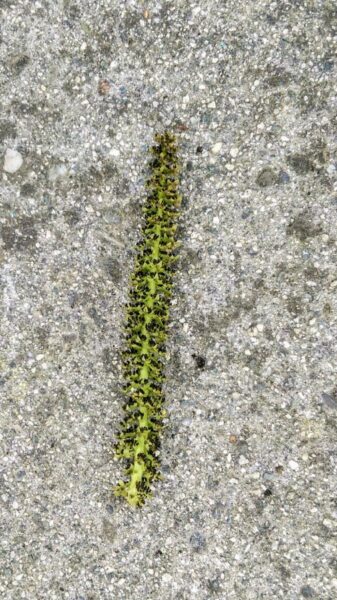
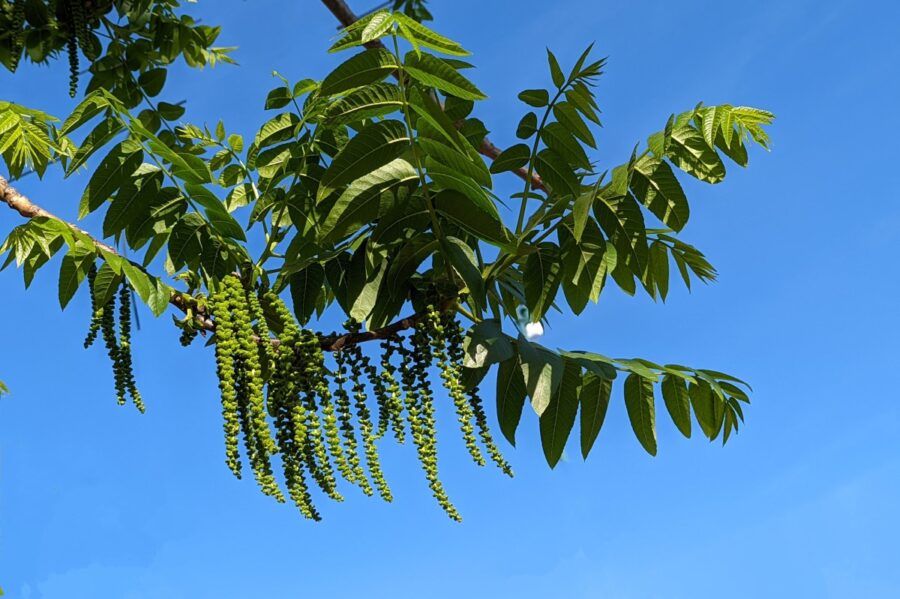
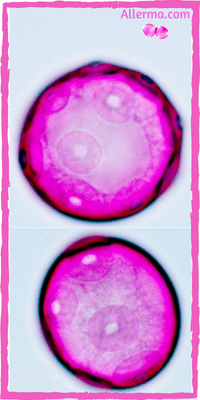
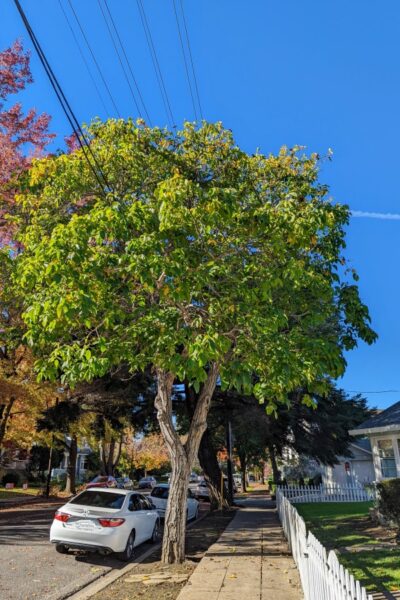


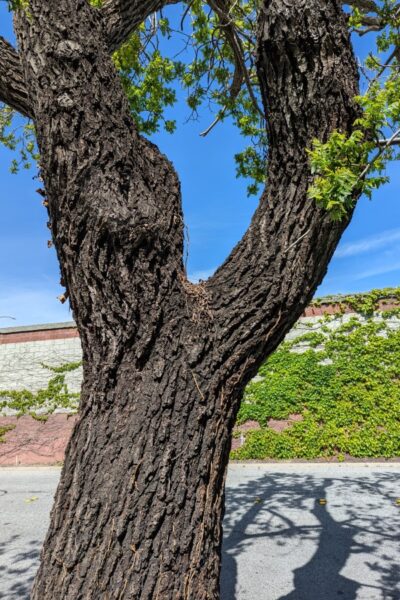
Thank you. I am allergic to this and am just researching. Amazed to know about male and female flower stuff lol